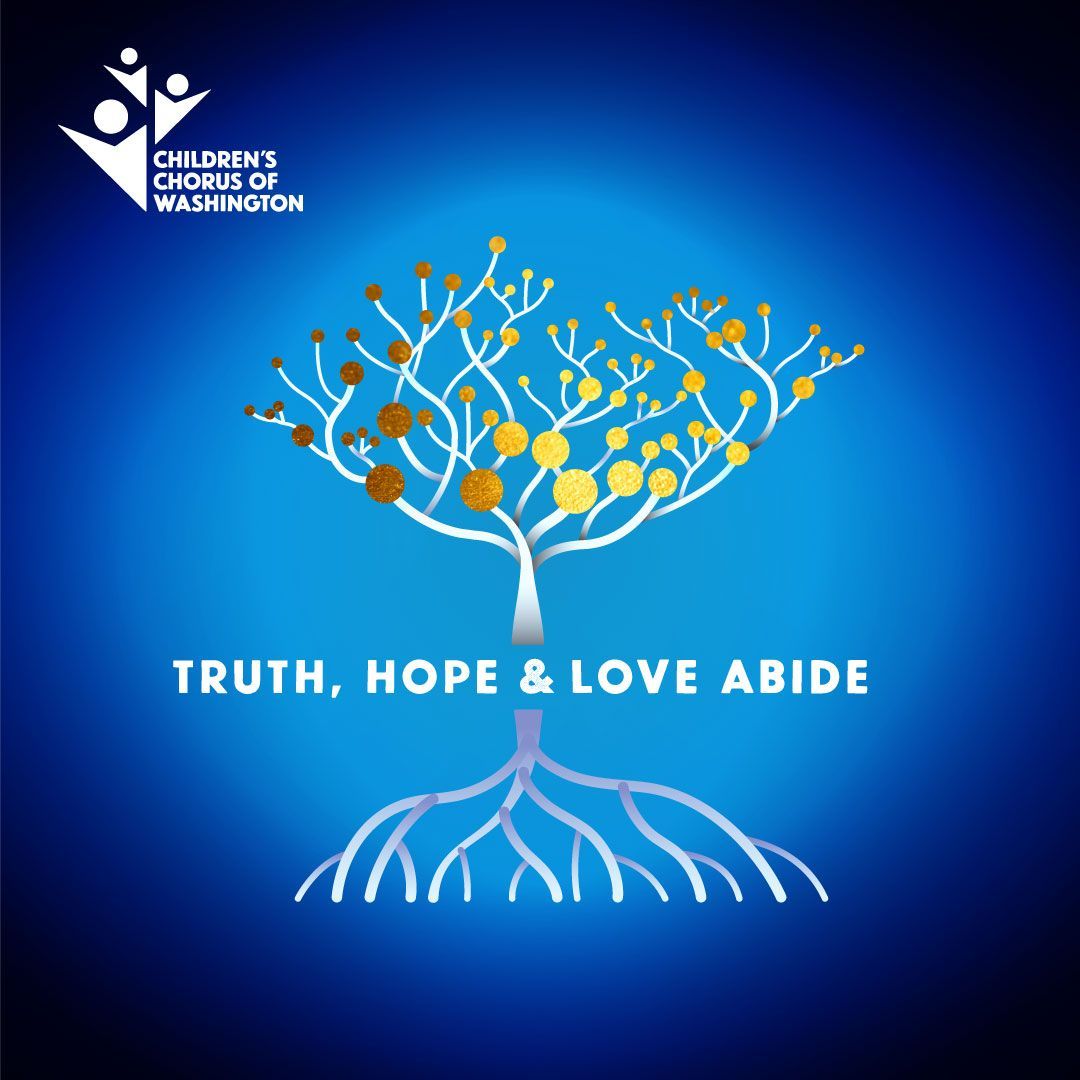
A message from the Artistic Director
Welcome to our Winter Choral Concert! This evening’s program reflects the theme of our season, “Roots and Branches,” as we celebrate the deep musical traditions of this time of year while also embracing fresh perspectives and new interpretations.
We are delighted to be able to share this evening’s concert with you, and grateful for your support of our organization. We are so proud of the remarkable achievements of our dedicated choristers, whose passion and talent are on full display here this evening. Thank you to the parents and guardians in the audience who have supported the choristers as they have prepared for this concert - we hope that you enjoy hearing the outcome of the many hours of commitment that the singers have put in over the past four months.
The program notes below are offered as a guide through the musical selections in this concert, sharing some historical information about the works, as well as why they are special to CCW.
From all of us here at CCW, we wish you a happy holiday season.
Margaret Nomura Clark
Artistic Director
Program Notes
Part One: Roots
“Roots,” honors the timeless foundation of holiday music.
Once in Royal David’s City
Traditional arr. Willcocks
A cherished carol whose opening solo evokes a sense of reverence and wonder. This beloved melody is a reminder of the enduring power of music to connect us across generations. Since CCW’s inception, performing this as our opening has remained a highly anticipated part of our program.
Gloria Antonio Vivaldi
Vivaldi’s
Gloria is a masterpiece of the Baroque era, celebrated for its exuberant melodies and intricate choral textures that invite us to revel in the joy and radiance of the season. Appropriately for CCW, the piece was originally composed for children’s voices, specifically the girl’s choir of the Ospedale della Pietà, an orphanage and music conservatory in Venice. This work highlights Vivaldi’s genius for crafting music that is both virtuosic and deeply expressive. Astonishingly, the
Gloria remained unknown for centuries, as its manuscript was lost until its rediscovery in the early 20th century. Before this, the piece had never been performed in modern times, making its resurgence a moment of profound historical and musical significance.
Combining the full forces of the choir and orchestra in both homophonic, imitative, and fugal movements, a movement featuring soprano and alto choral duet, and another movement with soprano solo, the
Gloria’s sacred text, drawn from the traditional Latin mass, resonates with the liturgical themes of the holiday season. Through its contrasting moods ranging from grandeur and majesty, to tender and reflective, the piece celebrates the divine and the miraculous, bringing themes of hope, peace, joy, and love to the listener. It has become a classic choral tradition to perform this work during the Christmas season.
I. Gloria in excelsis Deo
Gloria in excelsis Deo
Glory to God in the Highest
II. Et in terra pax
Et in terra pax hominibus bonae voluntatis.
And on earth peace and goodwill to all men.
III. Laudamus te
Laudamus te, benedicimus te, Adoramus te, glorificamus te.
We praise you, we bless you, We adore you, we glorify you.
IV. Gratias agimus tibi
Gratias agimus tibi
We give you thanks for your great glory.
V. Propter magnam gloriam
Propter magnam gloriam tuam.
We give you thanks for your great glory.
VI. Domine deus, Rex coelestis (Soprano Solo)
Domine Deus, Rex coelestis, Deus Pater omnipotens.
Lord God, heavenly King, God the Almighty Father.
X. Quoniam tu solus Sanctus
Quoniam tu solus Sanctus, tu solus Dominus,
For you alone are holy, you alone are Lord,
Tu solus Altissimus, Jesu Christe,
You alone are the Most High, Jesus Christ,
XI. Cum Sancto Spiritu
Cum Sancto Spiritu, in gloria Dei Patris. Amen.
With the Holy Spirit, in the glory of God the Father. Amen.
Sweet Little Jesus Boy Robert MacGimsey
Written in 1934, this African-American spiritual reflects the humility and profound significance of the birth of Christ. Its poignant lyrics are both a lullaby and a prayer, expressing remorse and reverence for the world's failure to recognize and honor Jesus at his birth.
Part Two: Branches
“Branches,” explores how familiar melodies and texts can be reimagined and interpreted in new and exciting ways. From fresh arrangements of beloved tunes to original compositions, this segment showcases the creativity and evolution of holiday music.
Night of Silence Daniel Kantor
Daniel Kantor's composition written during a harsh Minnesota winter reflects the stillness and introspection associated with the solstice, a time when the longest night of the year gives way to the promise of light. Night of Silence beautifully blends the sacred themes of Silent Night with the broader, secular reflection on the winter solstice.This duality makes Night of Silence a compelling piece that bridges both sacred and secular reflections on the season, celebrating the universal themes of renewal, light, and unity.
Deck the Halls in 7/8 James McKelvy
Playful and bright, this creative reimagining of the traditional Christmas carol
Deck the Halls by changing its time signature. While the original is set in a straightforward 4/4, the shift to 7/8 gives the piece an asymmetrical rhythmic structure, adding an unexpected and modern twist.
Shalom Dan Forrest
This tender and comforting work is a passing of peace. It's simple yet elegant melody washes over the listener, gently unfolding its text with increasing texture:
Peace I leave with you, my peace I give to you, not as the world gives; do not be afraid. The Hebrew word
shalom forms the refrains, and whispers of the word “peace” further paint the spirit and promise of the text. No matter how complex the texture gets, it always returns to a single unison note, picturing the meaning of shalom: not merely a surface level peace, but wholeness in every aspect of one’s being (physically, mentally, emotionally, and spiritually) and in all our relationships with each other.
Hine Ma Tov
Lon Berry
Two popular Jewish old song settings of Psalm 133:1 are presented together in this arrangement, while one melody is more sweeping and lyrical, the other more rhythmic and active. Translated to English, the Psalm reads: “How very good and pleasant it is when kindred live together in unity!” This text is traditionally sung at Shabbat feasts.
Sing We Now of Christmas (Noel Nouvelet)
Kyle Pederson
Arranger Kyle Pederson creates an ethereal setting of the well known French carol melody
Noel Nouvelet.
The gentle tempo, lush harmonies, and plaintive dissonances throughout the piece create a sense of yearning and anticipation. Our “hearts of expectation” look ahead to the good news that peace, hope, and love are indeed among us.
Hodie (Today Christ is Born) Joan Syzmko
Joan Szymko, an American composer known for her choral works, approaches the familiar
Gloria text with a contemporary lens. In
Hodie, she brings a rhythmic and harmonic vitality that reflects her signature style of blending tradition with modern expression.The piece begins in the style of a Gregorian plainchant and moves into a rhythmic drive with heavy syncopation, layered harmonies and contrasting sections.The title, meaning "Today" in Latin, emphasizes the joy and celebratory essence of the
Gloria text.
Tomorrow Shall Be My Dancing Day John Rutter
Composed by John Rutter in 1973,
Dancing Day is a cycle of carols for upper voices and harp, much like BenjaminBritten’s
A Ceremony of Carols
(1942).
Tomorrow Shall Be My Dancing Day is one of the best-known settings in the cycle. It uses a traditional 19th-century English text that personifies Jesus narrating the story of redemption through the metaphor of a dance in 3/4 time. Throughout the carol, Rutter occasionally employs a rhythmic device called ‘hemiola’ where rhythms that have been typically grouped in three are temporarily grouped in two. The effect is a sense of floating freedom, as if the singers and dancers are making up the tune and the dance as they go.
Et misericordia and Fecit potentiam
from
Magnificat
Kim André Arnesen
Arnesen’s
Magnificat, is another modern reimagining of timeless texts. Its lush, evocative style resonates with the celebratory and reflective themes present in traditional Christmas music. Just as the “Domine Deus” movement of Vivaldi’s “Gloria” features a soprano solo,
Et misericordia adds the “voices of the angels” or “voices of tomorrow” represented by the chorus.
Fecit potentiam similarly reminds us of the energetic rhythmic and harmonic textures of several movements from the “Gloria”. Pairing these two movements together highlights Arnesen’s approach to reimagining classic texts through a contemporary lens. While drawing on centuries-old themes, Arnesen uses modern harmonic language, lush orchestrations, and a cinematic sense of drama to make the text resonate with today’s audiences.
Et misericordia
Et misericordia eius et progenies in progenies,
And his mercy is on those who from generation to generation,
Timentibus eum.
Fear him.
Fecit Potentiam
Fecit potentiam in brachio suo,
He hath shewed strength with his arm,
Dispersit superbox mente cordis sui.
He hath scattered the proud in the imagination of their hearts.
Deposuit potentes de sede,
He hath put down the mighty from their seat,
Et exaltavit humiles.
and hath exalted the humble and meek.
Hallelujah Chorus
George Frederic Handel
Written in 1741, The Hallelujah Chorus, from George Frideric Handel’s
Messiah, is one of the most iconic and widely performed choral works. Though originally part of a larger oratorio for Easter, it has become a beloved staple of Christmas season concerts worldwide. The themes of triumph and joy ring out in the clarion declarations and the exuberant polyphonic sections. I have programmed this piece to serve as both a grand finale and a moment of shared celebration, inviting our families and friends to sing along.
This Christmastide (Jessye’s Carol)
Donald Fraser
This Christmastide (Jessye’s Carol) is a beloved modern Christmas song composed by Donald Fraser, with lyrics by Jane McCulloch. Written in 1987 as a gift for the celebrated soprano Jessye Norman,his carol has become a cherished addition to the holiday repertoire, blending contemporary tenderness with a sense of timeless tradition.
It’s the Most Wonderful Time of the Year Pola & Wyle, arr. Hawley Ades
This beloved holiday song captures the spirit and essence of the season. Following the season’s theme of “Roots and Branches”, the pieces in this concert have honored deep choral traditions while embracing its contemporary, community spirit. We hope this concert fills you with a sense of unity, universal joy, warmth and togetherness as you celebrate the holidays.

